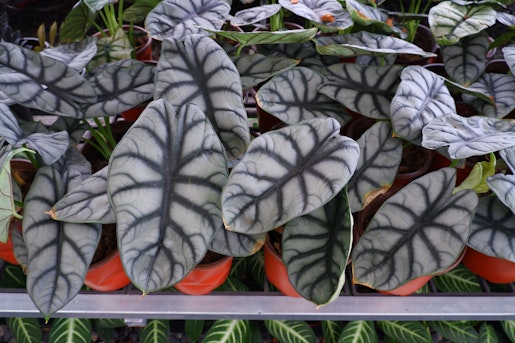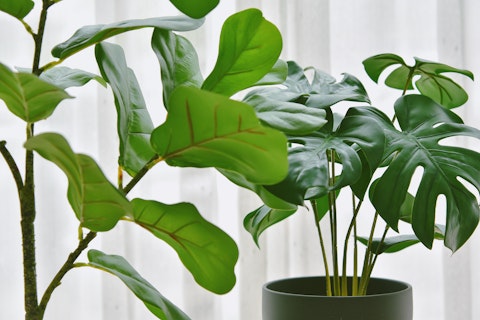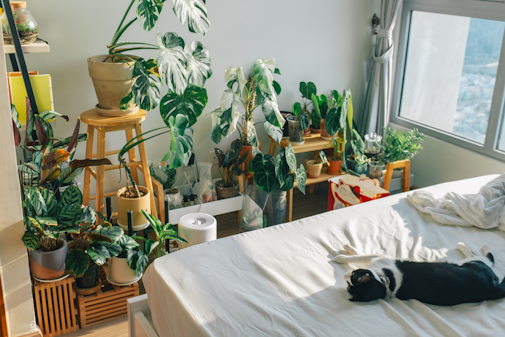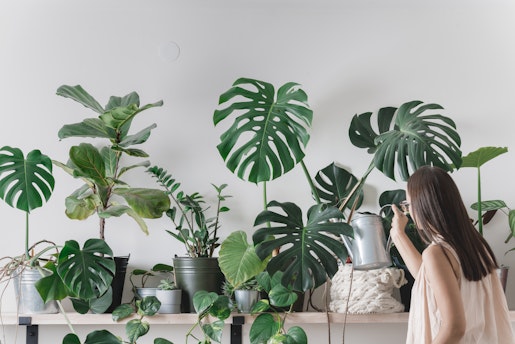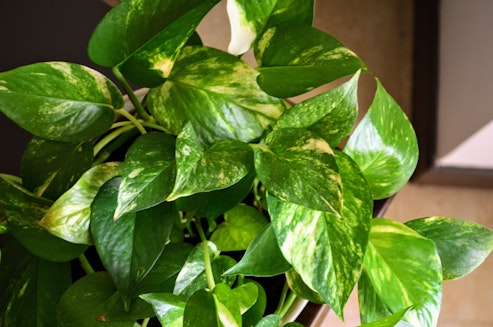
- Home
- A Closer Look at Phalaenopsis Orchid
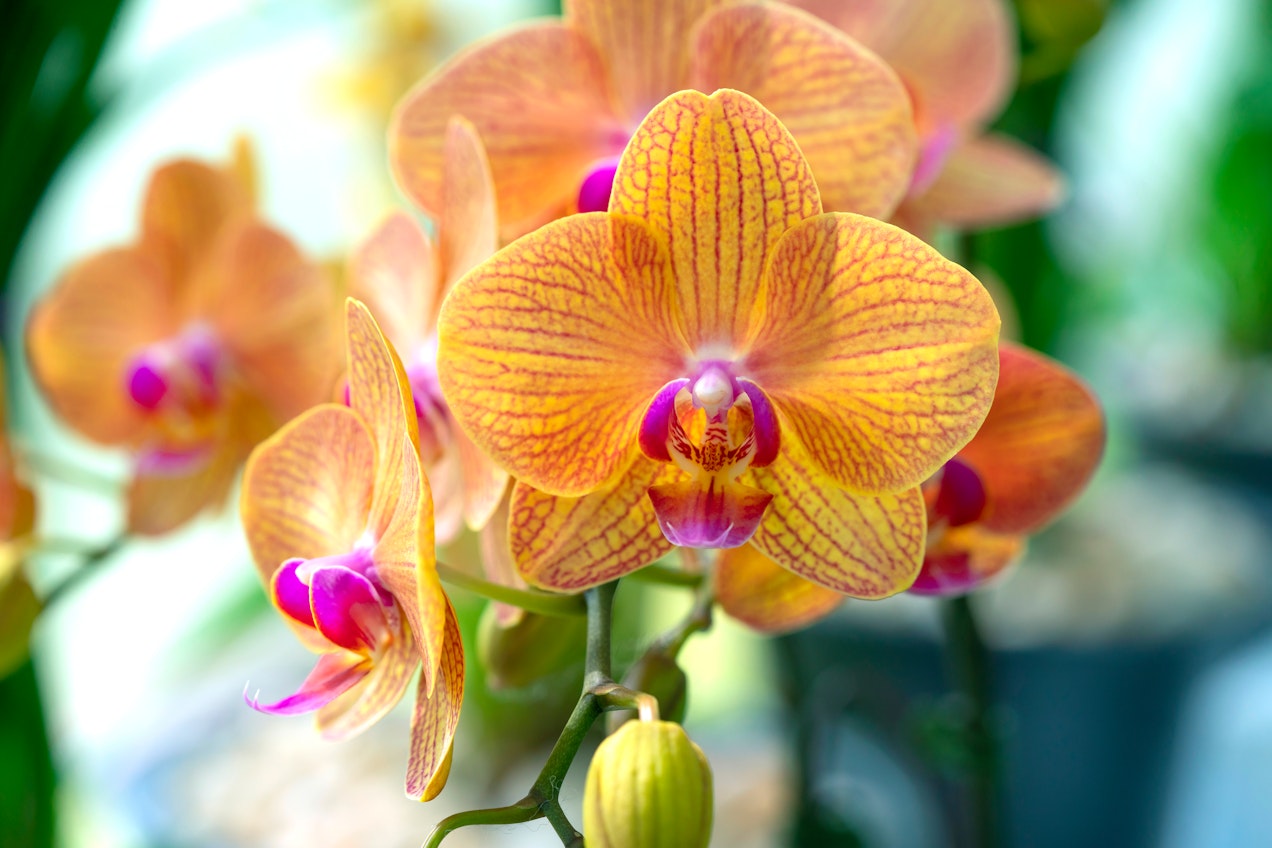
Phalaenopsis is a genus of Orchid from the subfamily Epidendroideae. They are commonly known as Butterfly or Moth Orchids, due to the moth-like shape of their blooms. They are certainly the most commonly cultivated and popular Orchid in the industry. However, it is commonplace to refer to them as ‘tricky’ plants or label them as ‘hard to keep’, but in actual fact, the opposite is true. Because they require different care to most popular houseplants, they have been labelled as difficult, when in reality, they are not more work at all and can be very rewarding! Use this guide to get the most out of your Phalaenopsis, and you’ll soon see just how easy it can be!
Care Guide
Watering
Phalaenopsis can be quite sensitive to water stress. Resultantly it is best to ensure that at no point the plant completely dries out, nor should it ever be sitting in stagnant water or soaking wet substrate. The preferred way to water orchids is to water from the top of the pot, until water seeps from the drainage holes at the bottom, then leave the plant to fully drain off before returning it to its original place. This should be repeated at most once a week, but it is better to check your plant and water in response to its conditions, so water as you see the bark getting dry. During the darker months of winter this watering should be significantly reduced, as the plant’s ability to metabolise is reduced with the lack of light. It is important to ensure the crown of your plant is never holding water like a bowl, this can rot the core of the plant.
Light
Phalaenopsis has the ability to handle bright light and is usually most comfortable on a South-facing windowsill. A full day of scorching hot sun may damage the leaves, but about 6 hours of afternoon sun should be really productive for the plant, especially if you want to encourage it to bloom. An orchid may survive in lower light conditions, however it is unlikely to thrive and may produce underwhelming growth and never bloom.
Feeding
Feeding a Phalaenopsis is easy, as there are specialist fertilisers for orchids that are tailored to encourage growth or blooming. Some fertilisers can be bought as foliar sprays and some as dilutable liquid that is added to water. Others come in slow0-release packs that sit in your orchid’s substrate and slowly feed it over time. All these are viable options and it is encouraged to feed your phalaenopsis often. During the summer months or if the plant is under a bright grow light, feeding with a foliar spray after every other watering is a good way to promote good growth. Orchid bloom fertiliser contains more potassium than standard fertiliser and encourages plants to flower, so using this during the brighter parts of the year is a good way to see the flowers that we all know and love.
Potting
Phalaenopsis are epiphytes, which means in the wild they grow atop other plants, or use beds of moss as litter trappers to provide nutrients. As a result, it is not a good idea to pot a phalaenopsis using traditional potting mixes. Instead, most use a mix of perlite and pine bark, pine bark and sphagnum moss or just simply pine bark. The plant is typically kept in see through nursery pots, with roots gently placed in and bark lightly holding it in place. This allows for water to totally drain through, light to access the roots and lots of lovely oxygen to circulate around the root system, which is great for the plant and ensures fungus and microbes have less of a chance of setting up shop. Phalaenopsis quite like to be root bound, and do not need to be repotted excessively. People are also very fond of planting Phalaenopsis hydroponically, semi hydroponically and on wood and moss wall-mounts. These are all great options and can see great results if done properly.
Bloom
It is likely that your Phalaenopsis was sold to you with a flower stalk already on it. However, these flowers do not last forever. They can bloom for around 2 months, with some certain cultivars or hybrids blooming even longer. Typically they will bloom once a year, but sometimes several depending on the quality of the conditions and the maturity of the plant. Once the bloom is spent, it is best to snip the flower stalk as low as possible, to allow the plant to redirect its energy to other things. Flower stalks can be supported with canes and clips if necessary, otherwise they can grow in unusual directions. In order to encourage bloom in orchids, ensure the care requirements for light and feeding are met, and your plant is likely to produce beautiful blooms every year!
Temperature/Conditions
Phalaenopsis is a tropical plant from Southeast Asia. Their natural habitat is quite warm year round and is subject to high levels of humidity. While humidity is not essential, having something like a draughty window or a fan blowing on it can quickly dry the plant out. Ideally, a Phalaenopsis should remain between 18-25 C all year round, and between 50-80% humidity.
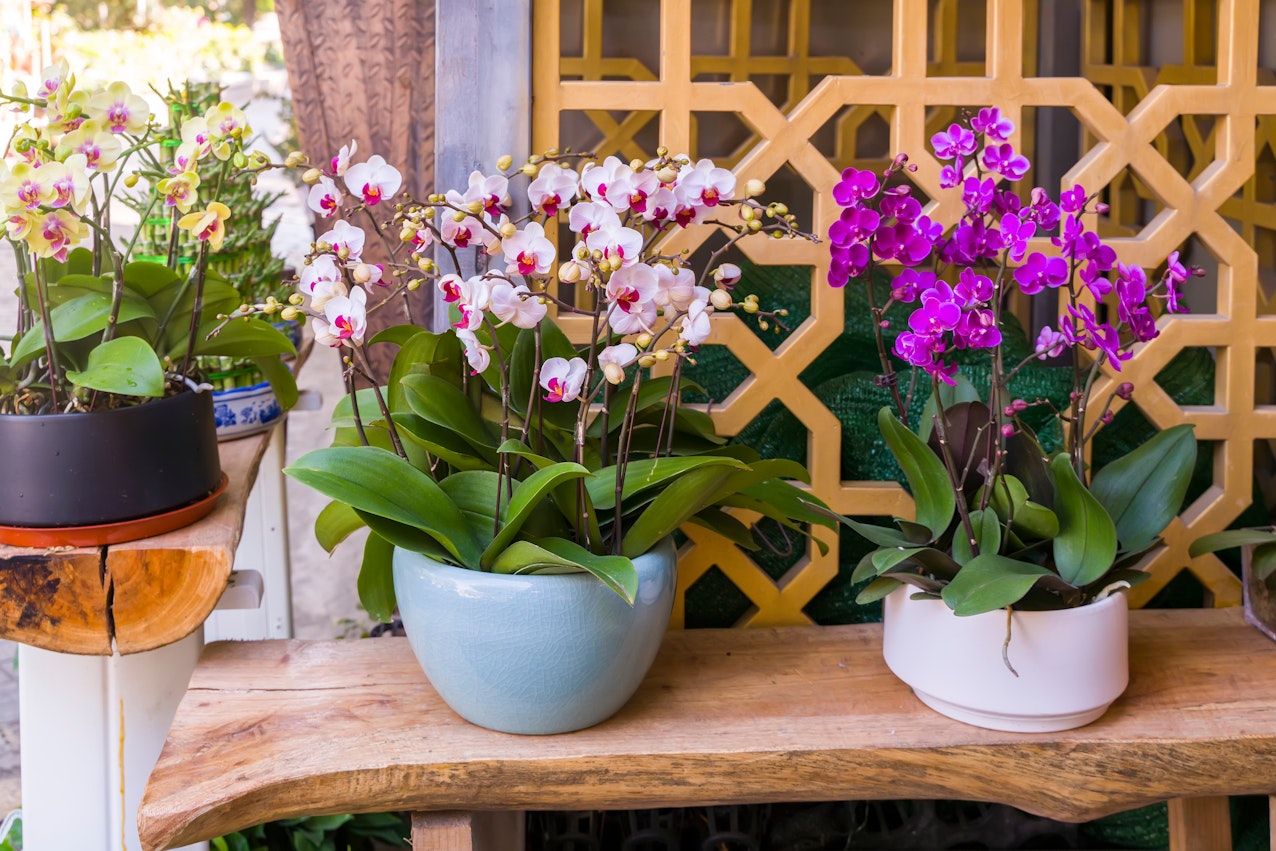
Problems
Pests
Phalaenopsis are not totally pest resistant, and can fall victim to mealybug and scale problems. Especially if they are unwell or young plants. They have even been known to suffer thrip attacks when they are starting out, or if they are experiencing high levels of stress. Check all your plants for pests regularly, segregate and treat accordingly if pests are discovered.
Mushy Leaves/Roots
Mushy leaves in Phalaenopsis are usually a sign of water-stress. Typically too much water. The offending leaves or roots may even turn black and secrete a sticky liquid that can be green or brown. The solution to this is to snip off the unhealthy matter and reduce your watering. Problems like root rot can be quickly destructive to a phalaenopsis.
Wilting
Phalaenopsis is not one of the so-called ‘dramatic plants’, in which their wilting is a handy way to remind you to water. Often, if a phalaenopsis is looking thin, or its leaves are soft and flaccid to the touch, it is likely that it is in serious need of watering. Often the leaves can turn yellow and lose their structural support, laying flat on the pot or hanging down over it. If this is the case, yellow leaves will never return green and should be removed. However, your wilted leaves may be able to return to firmness if your watering schedule is adjusted. Wilting can also be due to a lack of light, if the wilting seems to be happening quickly, but only on the lowest leaves of the plant, this is quite possibly a response to its light conditions. Often this will be accompanied by mushy roots and an inability to properly take up water.
Black Spots
Even though black spots or specks are a terrifying thing to see on your favourite plant, for Phalaenopsis and other epidendroids this is a natural occurrence. The spots are usually quite small, and seem perfectly circular. They also tend to only adorn the leaves and can be numerous. It is not entirely known what these spots are, or whether they serve a purpose. Some say that they are a result of light-stress, but that has never truly been confirmed. Black speckles on orchids are generally no cause for concern, and should only be treated as such if they spread exponentially and are accompanied by other symptoms.
Polystyrene ball
The profoundly named ‘ball of death’, is a name for a small ball of polystyrene, which is left just beneath the crown of the plant in the root ball to pack out the plant, a conscious choice made by some realtors. While the name is profound, it holds slightly true that eventually this ball will react with water in ways that aren’t beneficial for the plant. While it won't kill your plant immediately, it is recommended to remove it. Some growers use a ball of moss instead, which has similar problems but instead retains far too much water.
Common Myths
Care for Phalaenopsis comes with a couple of traditional myths, that at first glance seem like good ideas or good advice, but in actuality are not recommended.
Ice Cube
The ice cube method became popular on social media. The idea is that an ice cube is placed on top of the orchid’s substrate and as it melts it slowly releases water for the plant to access without drowning it. This is not a great idea for two main reasons: One, an Orchid really doesn’t benefit from the slow release of water over a period of an hour or two. Generally, pine bark absorbs small amounts of excess water and releases it slowly anyway, or the roots of the plant can tap into the stored water to access it when it needs. Secondly, orchid roots are delicate and sensitive, and excessively cold water can shock the plant quite easily. As a general rule, if something you are doing is unlikely to ever meet the plant in its natural habitat, then the plant is not set up to resist it.
Organic Waste
A lot of people use banana water, tea bags or tomato water as free fertilisers for their plants. While in theory these contain valuable nutrients for plants, the reality is that they are typically not correctly balanced, and risk over-feeding and shocking your plant with excess nutrients. These excess nutrients can be great food for fungi, flies and microbes that could potentially harm your plant.
Misting
Misting with a spray bottle is an attempt to mimic humidity. However, a consistent humid environment cannot be achieved by using a spray bottle alone, and resultantly spraying a plant is inconsequential. While unlikely, it can cause water to pool up in the crown of the plant and cause rot. Equally, it can create small, hospitable zones for certain fungi and moulds, so it is best to not mist orchids religiously. Instead, an option that provides consistent humidity is an ideal solution, such as an electric humidifier. However, these are not a necessary product and a Phalaenopsis would be quite happy without.
Varieties
To list all the popular varieties and cultivars of Phalaenopsis would be an impossible task, as there are so many. They come in an assortment of sizes, colours of blooms, colours of leaves, shape of blooms and types of bloom. So there really is a Phalaenopsis out there for everyone. It’s definitely worth inspecting the plethora of different types and seeing what kind you like the most!
Jonathan Davies
Jonny has worked at Root since May 2023. His love for plants was inherited initially from his grandparents and parents, but really took off once he moved into his own place, where he started picking up small plants and was fascinated by watching how they grow and change over time. Jonny has a degree in Archaeology and Classics from the University of Sheffield, and a masters in Egyptology from Swansea University, where he primarily focused on garden culture in the ancient world, which he has managed to extend to a PhD thesis in the University of Liverpool, where he has been able to combine his love for plants with his love for ancient language and culture. Jonny loves being in the natural spaces around North Wales and Cheshire where he used to go growing up, and often spends hours examining the plants and trees, and kicking up the leaf litter searching for mushrooms and insects. He is fascinated most by plant biology, taxonomy and learning about ecosystems and interactions between plants and their environmental counterparts, and enjoys tending to his varied array of houseplants, and ongoing ‘plant projects’, such as growing plants from seeds and creating living epiphyte displays. Aside from his green thumb, his other interests include: art, reading, listening to and playing music in the company of his cats, Spooky and Boo.
More by Jonathan DaviesRelated Articles
View all articles
